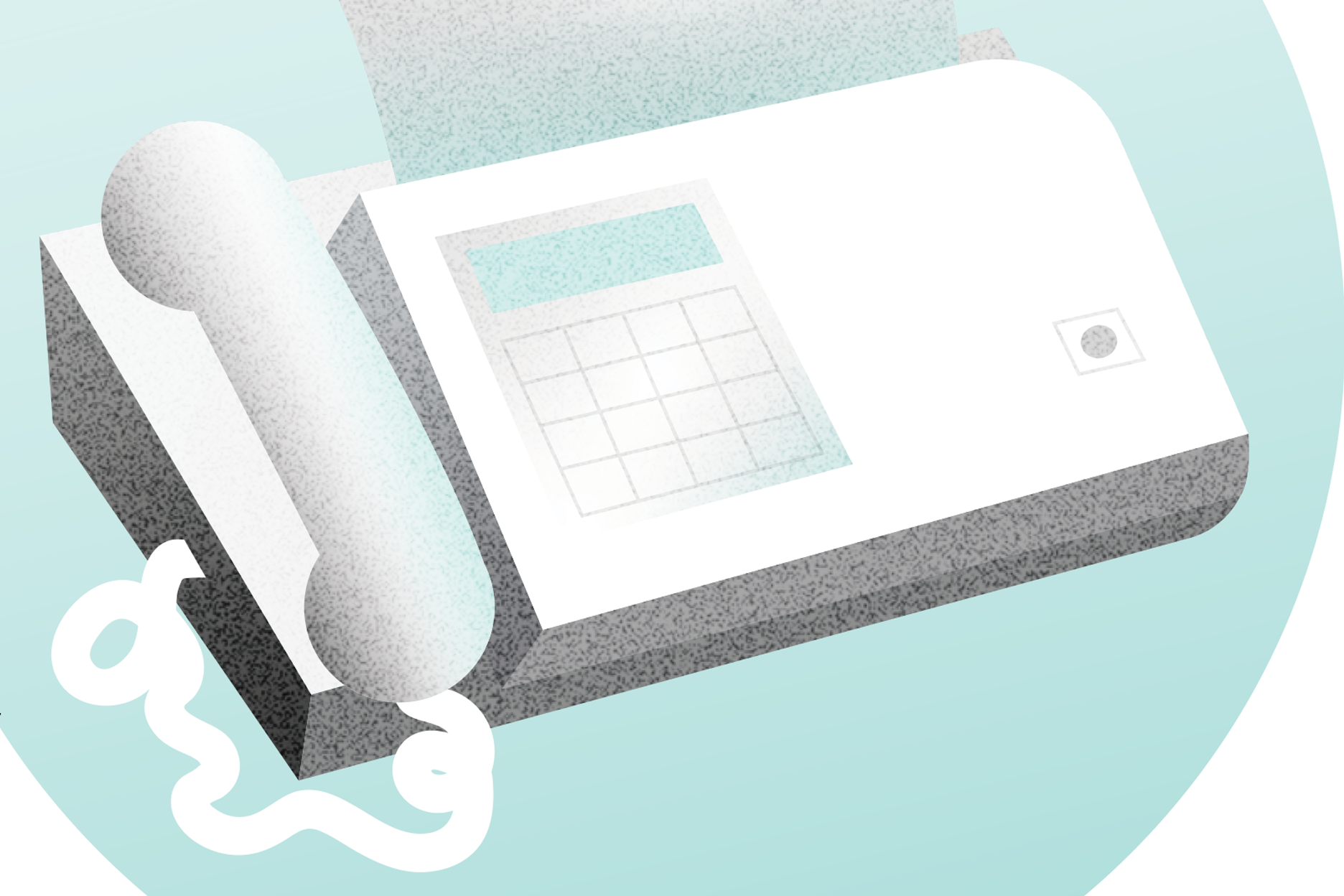

In November of 1986, I sat at my family’s dining room table staring at my father (H. Britt Landrum, Jr.) as though he had lost his mind. I was headed out the door with my friends to go see my favorite band in a nearby city when he abruptly stopped me in my tracks and said,
“Before you go, there’s something that I would like for you to do.”
He explained that our family business had been practicing “employee leasing” for a few years with a handful of clients, and now it was time to grow that business. We were already in the staffing business, which as a teenager I could generally understand, but “employee leasing?” My father had read an article in Forbes magazine and spoken with some industry innovators in California about this new concept. Also, we were getting requests from our larger staffing clients to provide employee leasing services.
Upon the dining room table sat two large stacks of paper; the first was a stack of signed letters, and the second was a stack of envelopes. He explained that these letters were going to 50 local physicians that surely did not want to handle their own human resources functions and would gladly turn that over to someone else. I folded, stuffed, and licked those envelopes as fast as I possibly could then attempted to bolt out the door when he stopped me again and said,
“You will remember this for the rest of your life.”
Needless to say, we did not get any new clients out of those letters. However, there was another physician at our church that soon became a client. During the onboarding meeting, he boastfully declared to his employees, “You are all fired. You work for Landrum now.” While that statement was not entirely accurate, with a few additional referrals and new clients our PEO was born.
I felt a responsibility to understand our family business in greater depth. So, after college and a short stint with a small payroll company, I began my career with our PEO in sales. I attended National Staff Leasing Association (NSLA) meetings (later to be re-branded as NAPEO), attended T. Joe Willie’s “Business of Employee Leasing” training seminar, and studied his book intently. These were the early days of employee leasing, and we were very fortunate during the 1990’s, as our company literally had no competitors within a few hundred miles of us in northwest Florida. Employee Leasing suddenly became the “cool thing” to do if you owned and operated a small business, and we were the only real provider in town.
Our company prided itself on providing superior, personalized service to our clients. We charged our clients one bundled price which included anything they wanted, and our team could provide. Our HR managers provided personalized training sessions for our clients, either at their place of business or inside our own training room. Since our clients were 90% local, we told them to simply send new employees over to our office anytime they hired someone, and we would take care of everything; from drug testing to paperwork to personalized orientation, we would handle it for them. It was a great model; however, it was also extremely expensive to operate and maintain and was not easily scalable.
PEO payroll software was in its infancy, and we had a highly customized version of a product that became known as the industry standard. Interfacing with other products was extremely kludgy, and the default method of reporting payroll was via facsimile. At one time, our PEO was maintaining 10 different fax lines to accommodate the incoming and outgoing communications. Workers’ compensation and group benefits were a huge driver of sales back then (as they are now), and our HR department was delivering a high-quality service focused on small business compliance.
My father was heavily involved in the establishment of regulation of the industry in the state of Florida, as there were many fly-by-night companies that were more than willing to call themselves employee leasing, hold large sums of money from clients, and not pay the required tax deposits or benefit premiums. A Florida employee leasing law was proposed, passed, and a Board of Employee Leasing Companies was established to self-regulate within our state.
Times were great for many years. We grew complacent as a company and rejoiced in our hubris by believing that we were superior operators, leaders, and professionals until the late 1990’s when a competitor decided to open their sales office across the street…and that’s when everything started to change.
Suddenly, our clients had a real, viable alternative for a PEO. Even though the competition didn’t provide nearly the same level of personalized service that we greatly prided ourselves upon, they were doing it for about half the price. We didn’t lose many clients to them, but they unquestionably eroded our pricing model, and we were forced to react by reducing our level of customized services.
It was also around this time that the National Staff Leasing Association (NSLA) rebranded as the National Association of Professional Employer Organizations (NAPEO). The timing was right as the market had matured, and many wanted to elevate our industry to more properly reflect the level of services we all provided to clients. The accreditation arm of the industry, the Employee Services Assurance Corporation (ESAC) was established, and many of the early founders also became members. NAPEO created its “Model Act” legislation to establish uniformity, and many states began adopting it.
Over time, margins continued to erode, and invoices began to reflect pricing on a per employee basis as transparency became the de facto standard. What once was included as one bundled fee, evolved into a detailed breakout of the individual burden components that comprise the cost of having employees. Any customized service over and above the routine processing of payroll was now being charged as a separate fee. Volume processing became critical in maintaining profitability. While many smaller PEOs prided themselves on servicing only smaller clients, it became incredibly difficult to maintain that model for an extended period. Many smaller PEOs subsequently sold their businesses to larger providers as a result.
Industry payroll software has become much more robust and standardized than the early providers since then, but we are all paying a much larger share of our profits now for those developments and advancements. Benefit plans are migrating more to individual client plans, and our service models have all evolved to provide multi-state remote support in a post-COVID work environment. Many clients have their own internal in-house HR manager now. We supplement their jobs by removing the burden of administrative work from them and provide an additional professional opinion on larger strategic HR matters that affect their employees. Whereas they once were done in person, our teams are providing online training sessions for clients via Zoom.
As with anything else, our industry will continue to evolve. A wise person told me recently that they feel our industry will soon resemble the regional airline industry, with only 20 or so major providers. Although there will always be room for smaller PEOs that provide extremely customized services for specific clients, the barrier to entry to establish substantial insurance plans is great. Therefore, I do agree with my friend that there will continue to be many mergers and acquisitions within our industry resulting in a total reduction in the number of PEO firms.
Thankfully, my father was correct. I have never forgotten that day sitting around the dining room table and stuffing envelopes. It has provided me and our team with some incredible careers and a fantastic service for many employees and businesses, allowing them to focus on what they do best. I am hopeful that we can continue to play a part in this wonderful industry for many years to come.
-
SHARE
- Copy to clipboard


